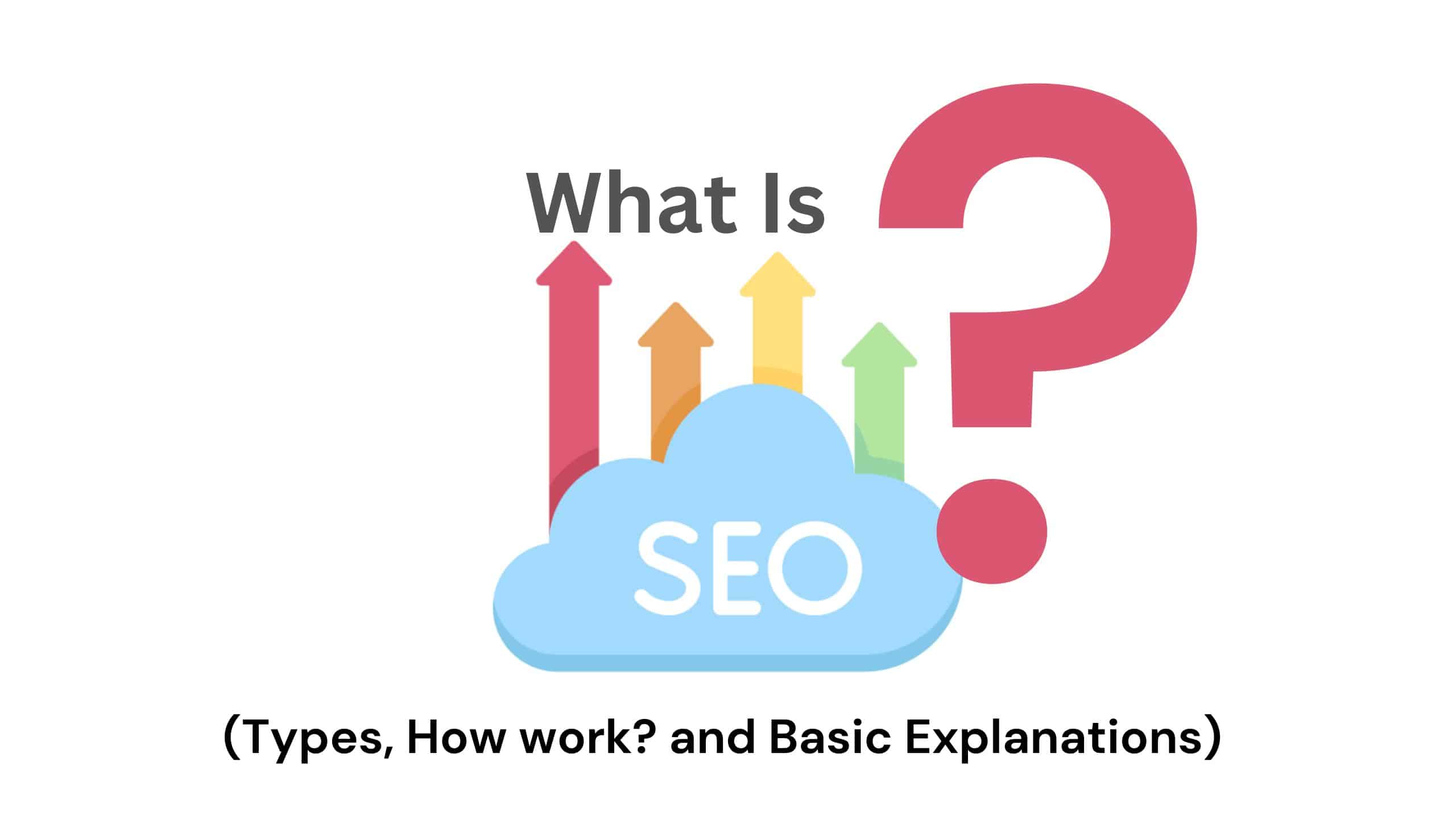In today’s interconnected world, businesses have the opportunity to expand their reach beyond borders and tap into diverse global markets. As companies strive to go global, one of the key challenges they face is attracting a multilingual audience and gaining visibility in international search engine results. This is where Multilingual SEO (Search Engine Optimization) comes into play.
In this comprehensive article, we will delve deep into the realm of Multilingual SEO, its importance, strategies, challenges, and best practices. By the end, you’ll have a clear understanding of how to optimize your online presence to thrive in the global marketplace.
1. Understanding Multilingual SEO:
Multilingual SEO refers to the process of optimizing a website’s content and structure to improve its visibility in search engine results across multiple languages and regions. It involves tailoring the website to cater to different languages, cultures, and search habits of diverse international audiences. By adopting Multilingual SEO, businesses can create an inclusive online environment that resonates with users worldwide and drives organic traffic from various linguistic backgrounds.
2. Importance of Multilingual SEO:
2.1. Expanding Global Reach:
Multilingual SEO empowers businesses to connect with millions of potential customers who prefer to search the internet in their native languages. By accommodating different linguistic preferences, companies can tap into new markets and expand their global reach significantly.
2.2. Enhancing User Experience:
A multilingual website delivers a superior user experience by offering content in users’ native languages. This approach fosters trust, credibility, and customer satisfaction, leading to increased engagement and conversions.
2.3. Gaining Competitive Advantage:
Many companies still overlook Multilingual SEO, leaving a vast opportunity for those willing to invest in it. By being early adopters, businesses can gain a competitive edge and establish themselves as leaders in their niche on a global scale.
2.4. Boosting Organic Traffic:
Localized and translated content increases the likelihood of appearing in search engine results for relevant keywords in different languages. As a result, organic traffic from international users will rise, contributing to overall business growth.
3. Multilingual SEO Strategies:
3.1. Keyword Research:
Conducting comprehensive keyword research is the foundation of any successful SEO strategy. For Multilingual SEO, businesses need to identify high-performing keywords in their target languages. This may involve using local keyword research tools, analyzing competitor content, and considering language-specific search trends.
3.2. Website Localization:
Website localization goes beyond translation; it involves adapting content, design, and user interface to suit the cultural nuances and preferences of the target audience. Elements like date formats, currencies, images, and colors need to align with the preferences of the local users.
3.3. hreflang Tags:
Hreflang tags are HTML attributes that signal to search engines the language and regional targeting of each page on a website. Implementing hreflang tags correctly ensures that the right content appears in the appropriate regions, minimizing duplicate content issues and improving search rankings.
3.4. Content Creation:
Creating high-quality, relevant, and localized content is vital for Multilingual SEO success. Content should cater to the specific needs and interests of each target audience, considering cultural differences, regional events, and holidays.
3.5. International Link Building:
Just like in traditional SEO, link building plays a crucial role in Multilingual SEO. Building backlinks from reputable websites in the target regions helps search engines recognize the website’s authority and relevance for specific languages and locales.
4. Challenges of Multilingual SEO:
4.1. Language Complexity:
Different languages have unique nuances, word structures, and expressions. Accurate translation and cultural adaptation are critical to ensure the content’s relevance and effectiveness.
4.2. Technical Implementation:
Implementing Multilingual SEO on a website can be technically challenging, especially for large-scale and dynamically-generated websites. Proper URL structure, language identification, and hreflang tag implementation require careful planning and execution.
4.3. Country and Regional Variations:
Countries may share the same language but have regional variations. Adapting content and targeting keywords for specific regions is essential to attract relevant traffic.
4.4. Local Competitors:
Entering new markets means facing local competitors who are already well-established. Analyzing and outperforming local competitors’ SEO efforts is a continuous process.
5. Best Practices for Multilingual SEO:
5.1. Choose the Right Translation Approach:
Consider whether machine translation, professional human translation, or a mix of both works best for your content. Each approach has its pros and cons, so choose the one that aligns with your budget and quality requirements.
5.2. Use Native Speakers for Localization:
When adapting content for a specific locale, involving native speakers with cultural knowledge ensures accurate localization that resonates with the target audience.
5.3. Test and Monitor:
Regularly test and monitor your Multilingual SEO efforts to identify any issues, assess the effectiveness of strategies, and make data-driven optimizations.
5.4. Mobile-Friendly Design:
Given the prevalence of mobile users worldwide, ensuring your website is mobile-friendly is vital for a positive user experience and search engine rankings.
In conclusion, Multilingual SEO is an indispensable strategy for businesses seeking to harness the global potential of the internet. By implementing effective Multilingual SEO practices, companies can unlock new opportunities, connect with diverse audiences, and thrive in the competitive world of international commerce.
Investing in Multilingual SEO is an investment in the future growth and success of any business with ambitions of reaching a global audience. So, seize the opportunity, adapt, and optimize for multilingual markets to make your mark on the global stage.





